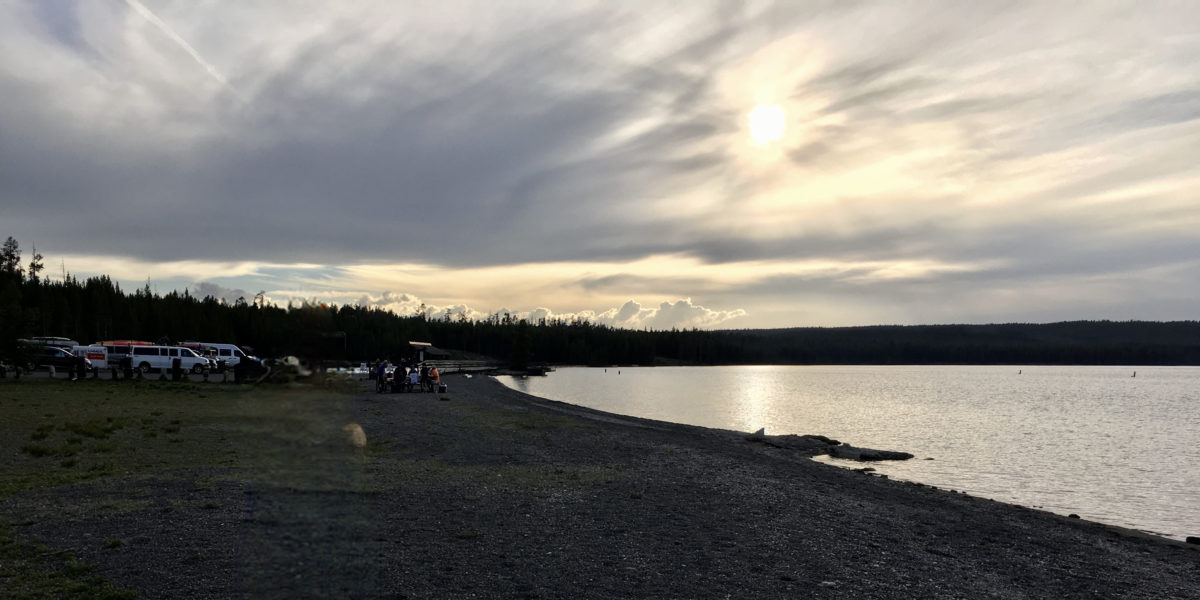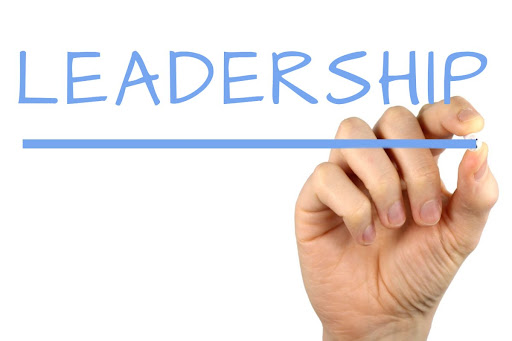I just finished a new library book focused on happiness; The Good Life: Lessons from the World’s Longest Scientific Study of Happiness. Two doctors relate through short stories the simple ways to increase your happiness, based on an 80-year scientific Harvard study. Here are the simple, proven ways to find happiness in your life every day.
Increase Positive Relationships
It goes without saying, that when you feel good physically, you feel good mentally. You need to increase the frequency and quality of the positive relationships in your life to be happy. It doesn’t have to be friends or family either that make you happy.
The authors relate the positive interaction with a bus driver who makes your commute easier daily. Or how about the teacher who helps your child overcome learning obstacles, which helps you and your family. When you interact and connect with others that “lift you up,” your happiness increases.
Get Rid of Distractions
A distracted mind is unhealthy for your mental well-being and physical health. For example, have you ever worried so much about something that has never happened? You wasted time and energy for nothing. The authors suggest keep your focus by clearing your mind of past mistakes and future worries with meditation.
Meditation calms your heart rate, breathing, and allows your mind to focus on the present and to be in the moment. Being in nature helps with focus as does removing yourself from negative people. (An overlap from the first point made about increasing your quality relationships.) The authors remind us that the more you practice, the easier it becomes.
Social Media Engagement
Finally, the authors don’t dismiss social media, but rather supply the research to back up the positive engagement of online platforms. The 2020 pandemic is a perfect example of the damaging social isolation we all experienced.
When we lack the social (in person) interaction with others it is damaging to our well-being. Studies have proven (in Norway) that when children engaged on social media they were happier. This versus just scrolling through and “liking” a post. Social engagement even online benefits your health and happiness for all ages.
Simple but proven ways to keep your mind and relationships healthy and active throughout your life. Finally, staying curious and continuing to learn is a simple way to be happy, no matter your age. Money does not make you happy, but being grateful does. The insights in Robert Waldinger and Marc Schulz’s book showed me how happy I really am too!
Follow me for more living well tips: KathyHusserTempe.com




